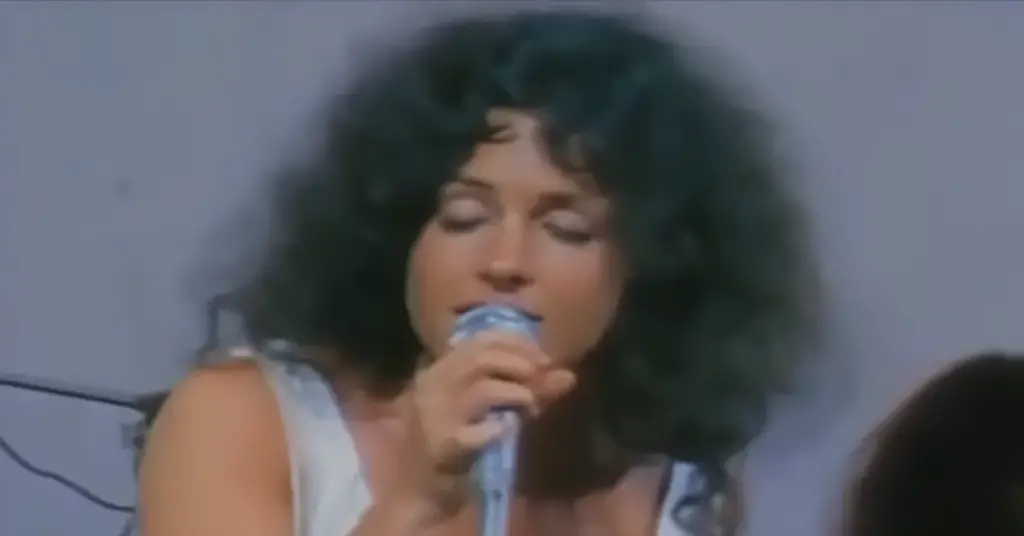In the swirling chaos of the late 1960s—when the Summer of Love met the fires of social revolution—Jefferson Airplane emerged from San Francisco as one of the defining voices of countercultural rock. And at the heart of their breakthrough was a fierce, defiant anthem that cut through the haze of flower power like a lightning bolt: “Somebody to Love.”
Released in 1967 on their landmark album Surrealistic Pillow, “Somebody to Love” wasn’t just a hit single—it was a wake-up call. With its pounding rhythm, snarling vocals, and a message that dared to pierce the free-love illusion, it became one of the signature songs of the psychedelic era.
From The Great Society to Airplane Takeoff
“Somebody to Love” wasn’t originally a Jefferson Airplane song. It was written by Darby Slick, guitarist for The Great Society, which also featured his sister-in-law, Grace Slick, on vocals. The song—originally titled “Someone to Love”—had a slower, folkier arrangement in its first incarnation.
But when Grace Slick joined Jefferson Airplane in late 1966, she brought two songs with her: “White Rabbit” and “Somebody to Love.” Both would become hits, but “Somebody to Love” was the first—and it launched the band into the stratosphere.

Under the guidance of producer Rick Jarrard, the band gave the song a harder edge. Jorma Kaukonen’s guitar snarled, Spencer Dryden’s drums slammed with purpose, and Grace Slick delivered one of the most commanding vocal performances of the era.
A Song of Urgency in an Age of Illusion
While many songs from the late ’60s offered escapism, transcendence, or idealized love, “Somebody to Love” was grounded in urgency and emotional realism.
“When the truth is found to be lies / And all the joy within you dies…”
That opening line isn’t gentle—it’s a jolt. And it sets the tone for a song that calls out the emptiness of hollow connection and spiritual isolation. In an age of peace signs and acid trips, Grace wasn’t cooing sweet nothings—she was challenging you to wake up.
“You better find somebody to love.”
It’s not a request. It’s a command.
A Defining Sound of Psychedelic Rock
Musically, “Somebody to Love” bridges garage rock grit with psychedelic fury. The song’s brisk tempo, urgent vocal phrasing, and gritty guitar lines made it stand out on radio waves filled with lighter fare. Grace Slick’s voice, strong and crystal-clear, cut through the fuzz and reverb like a war cry—elevating the song into something bigger than a hit.
The track helped define what would become known as the San Francisco sound—a blend of folk roots, electric experimentation, and socio-political awareness. Along with the Grateful Dead and Janis Joplin’s Big Brother and the Holding Company, Jefferson Airplane became a flagship of the Haight-Ashbury scene.
Chart Success and Cultural Impact
“Somebody to Love” became Jefferson Airplane’s first major hit, soaring to #5 on the Billboard Hot 100 in the spring of 1967. Its success helped propel Surrealistic Pillow into multi-platinum territory and introduced millions to the band’s sharp blend of countercultural defiance and raw musical power.
The song became an anthem for a generation grappling with the Vietnam War, political assassinations, racial unrest, and a disillusioned sense that the American dream was slipping away. It asked the one thing everyone, deep down, was searching for: connection.
Legacy
More than five decades later, “Somebody to Love” remains one of the most iconic songs of the 1960s. It’s been featured in countless films, TV shows, and documentaries—from Fear and Loathing in Las Vegas to A Bronx Tale—serving as shorthand for the era’s turbulence and transformative power.
Grace Slick’s performance, in particular, has become legendary. Her delivery is often cited as one of the most defining female vocal performances in rock history—bold, unflinching, and full of conviction.
The song still resonates because its message hasn’t aged a day. In a world of noise and distraction, the call to find something—or someone—real and lasting still strikes at the heart.
Final Thoughts
“Somebody to Love” is not just a product of its time—it’s a warning and a promise that echoes through every generation. It reminds us that love isn’t just a flower child’s fantasy—it’s a force for survival. And if you don’t have it?
You better find somebody to love.
Because in a world that can tear you apart, that may be the only thing worth holding on to.


Facebook Comments